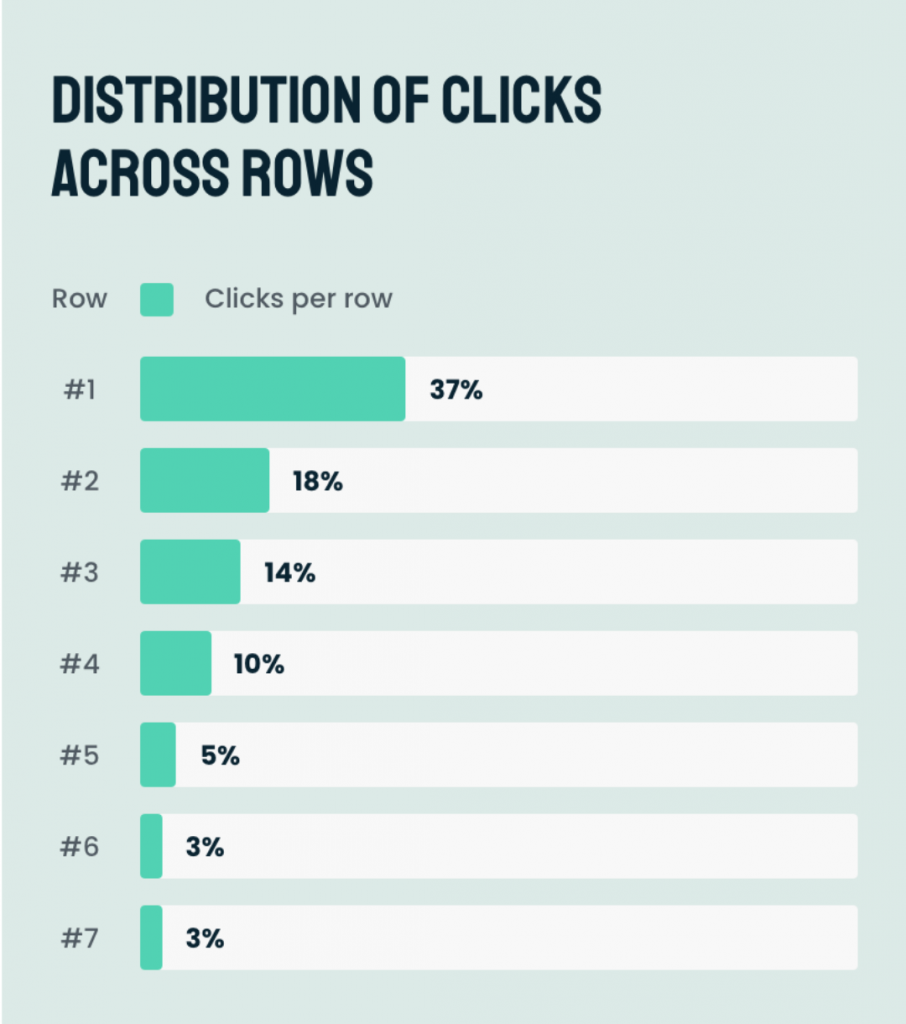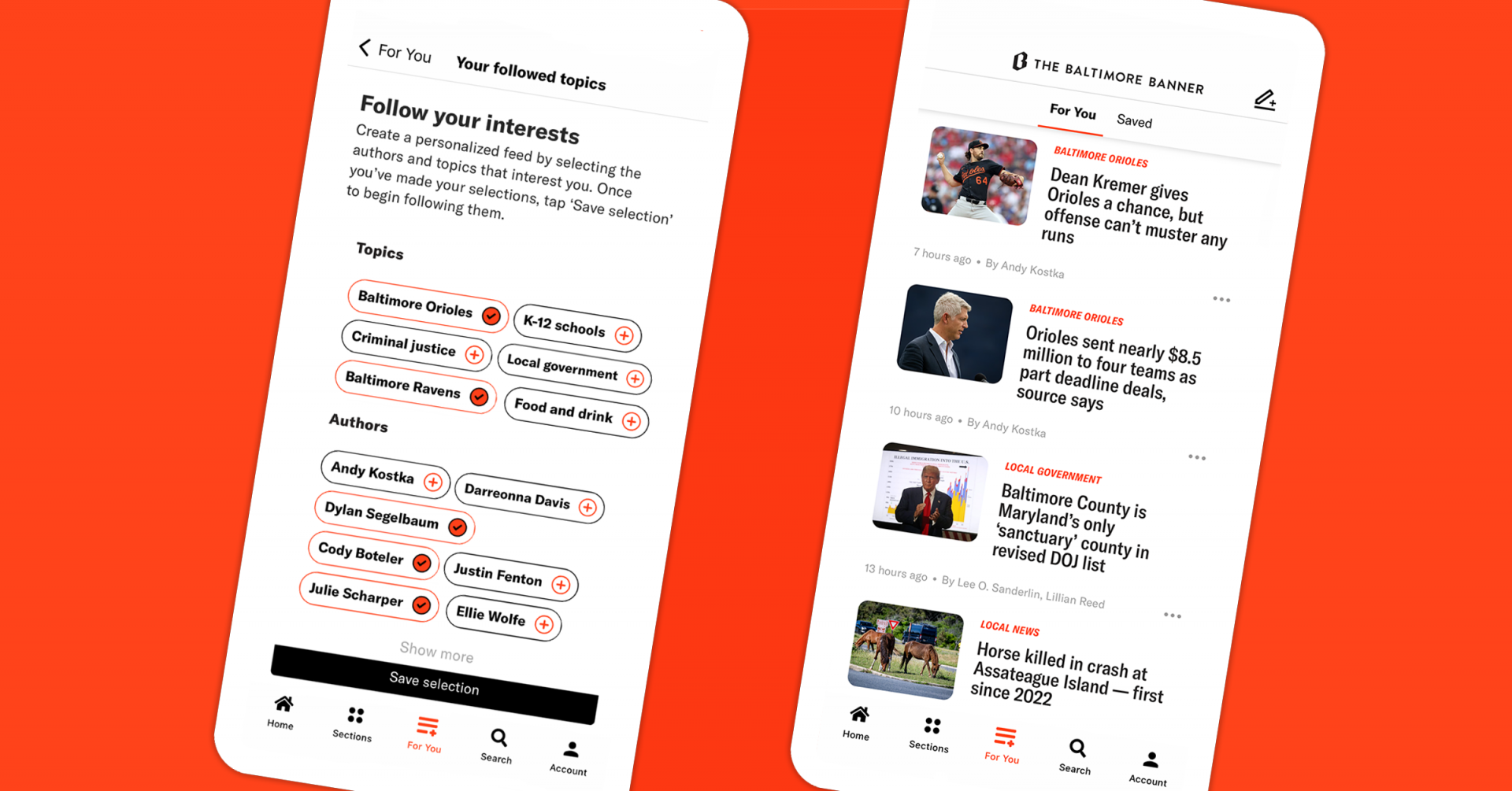
Newsletter
Newsletter
Finansavisen’s data-led homepage redesign shows how tailoring to distinct audience segments can lift engagement, subscription conversions and editorial efficiency.
25th November 2025

Personalisation has become a watchword in digital publishing, but turning the concept into concrete editorial and commercial gains remains a challenge for many newsrooms. The homepage, still the primary entry point for millions of readers, presents a particular puzzle. How do you serve both loyal subscribers seeking depth and casual visitors exploring what your publication offers?
This week’s bulletin features a guest contribution from Nils Ove Håland Riise at Kilkaya, who examines how Norwegian financial newspaper Finansavisen tackled this challenge head-on. By recognising that subscribers and non-subscribers behave fundamentally differently on the homepage, the publication redesigned its approach to deliver tailored experiences for each group, without sacrificing editorial control or creating operational complexity.
The results offer a practical blueprint for publishers wrestling with similar questions about how to balance engagement and conversion, and demonstrate that even targeted personalisation can deliver measurable improvements in both metrics.
Finansavisen, one of Norway’s leading financial newspapers, has overhauled the way it presents news on its digital homepage. The publication, which launched its digital product in 2019, has grown steadily to reach 31,000 subscribers by 2025, 19,000 of whom are digital-only.
Data from Medietall.no shows that Finansavisen currently records the strongest subscription growth among Norway’s major newspapers.
As its digital audience expanded, the newsroom analysed how subscribers and non-subscribers interacted with the homepage and found striking differences. Subscribers gravitated toward paid content and in-depth financial reporting, while non-subscribers engaged more with freely accessible stories, introductory coverage, and selected premium articles with a proven track record for conversions.
Recognising that one homepage could not meet both audiences’ needs equally, Finansavisen decided to rethink its approach. In April 2025, it partnered with Kilkaya to launch a new homepage structure designed around these distinct usage patterns.
Finansavisen now operates two automatically updated homepages:
Subscriber homepage
Designed around premium content, expert analysis and longer articles that subscribers consistently consume.
Non-subscriber homepage
Built around a mix of free articles and paywalled stories that historically perform well with first-time and infrequent users.
The newsroom retains full editorial control over story selection and presentation. Kilkaya’s system adjusts ordering, placement, and timing based on how different groups read. This allows each audience to enter the publication through a homepage that reflects its reading patterns without diluting editorial intent.
The decision to separate homepages was supported by an important structural insight: approximately 80 percent of homepage clicks occur within the first four rows. This trend is reflected in Kilkaya’s front-page distribution data, shown in the image below. The metrics represent what Kilkaya tracks across its publisher network for benchmarking purposes.

When most activity happens at the top, the composition of these first rows has a disproportionate influence on both engagement and subscription behaviour. If the top positions do not align with reader interests, users scroll in search of something more relevant. This can also create misleading signals further down the page, making weaker stories appear more successful than they are simply because readers are compensating for an underperforming top section.
By adapting the top of the homepage for each audience group, Finansavisen ensured that its most influential area reflected the behaviour of the visitors viewing it.
The changes produced clear results for Finansavisen within weeks.
Click-through rate
CTR among non-subscribers increased by 10-15 percent. Presenting a more suitable mix of articles in the top rows contributed directly to this outcome.

Subscription conversions
Subscription sales rose by 20-30 percent. A key factor was the ability to keep effective conversion stories visible on the non-subscriber homepage for longer stretches without affecting the experience for paying readers.

Editorial efficiency
The newsroom reported that the new structure made it easier to manage homepage updates. The system handled routine adjustments, while editors focused on content quality and priorities.
Finansavisen is continuing to refine its approach.
1. Additional segmentation among subscribers
Later in 2025, the subscriber homepage will be divided into two versions:
The aim is to reflect well-documented differences in reading patterns within the paying audience.
2. Time-based homepage adjustments
A homepage variation for returning visitors who have been inactive for 24 hours or more is planned for 2026. These users benefit from broader updates and summaries rather than incremental changes suited to high-frequency readers.
Finansavisen’s work offers a practical example of how data and editorial judgement can be combined without creating an opaque or overly complex system. The key elements of the approach include:
At the recent WAN-IFRA Newsroom Summit in Copenhagen, Jon Trygve Hegnar, COO and owner of Finansavisen, and the driving force behind the Kilkaya collaboration outlined the thinking behind the project during his presentation. Jon said that “even for a niche newspaper, users are very different. Nothing has more effect than adapting the homepage to this insight.”
Finansavisen’s results show that publishers can be bold in rethinking how their digital products work. Even long-established elements like the homepage can reveal new opportunities when revisited. Personalisation is central to making this possible.
Here are some of the most important headlines about the business of news and publishing as well as strategies and tactics in product management, analytics and audience engagement.

Newsletter

Newsletter

Newsletter

Newsletter